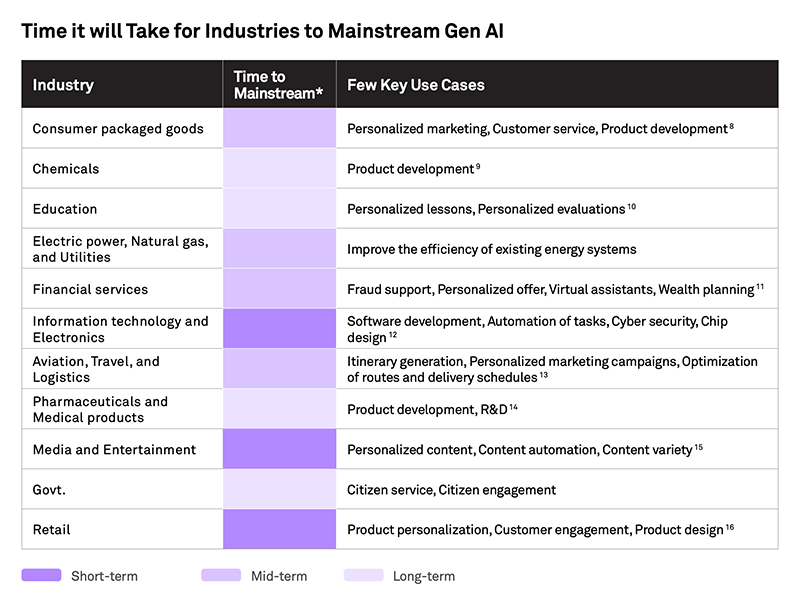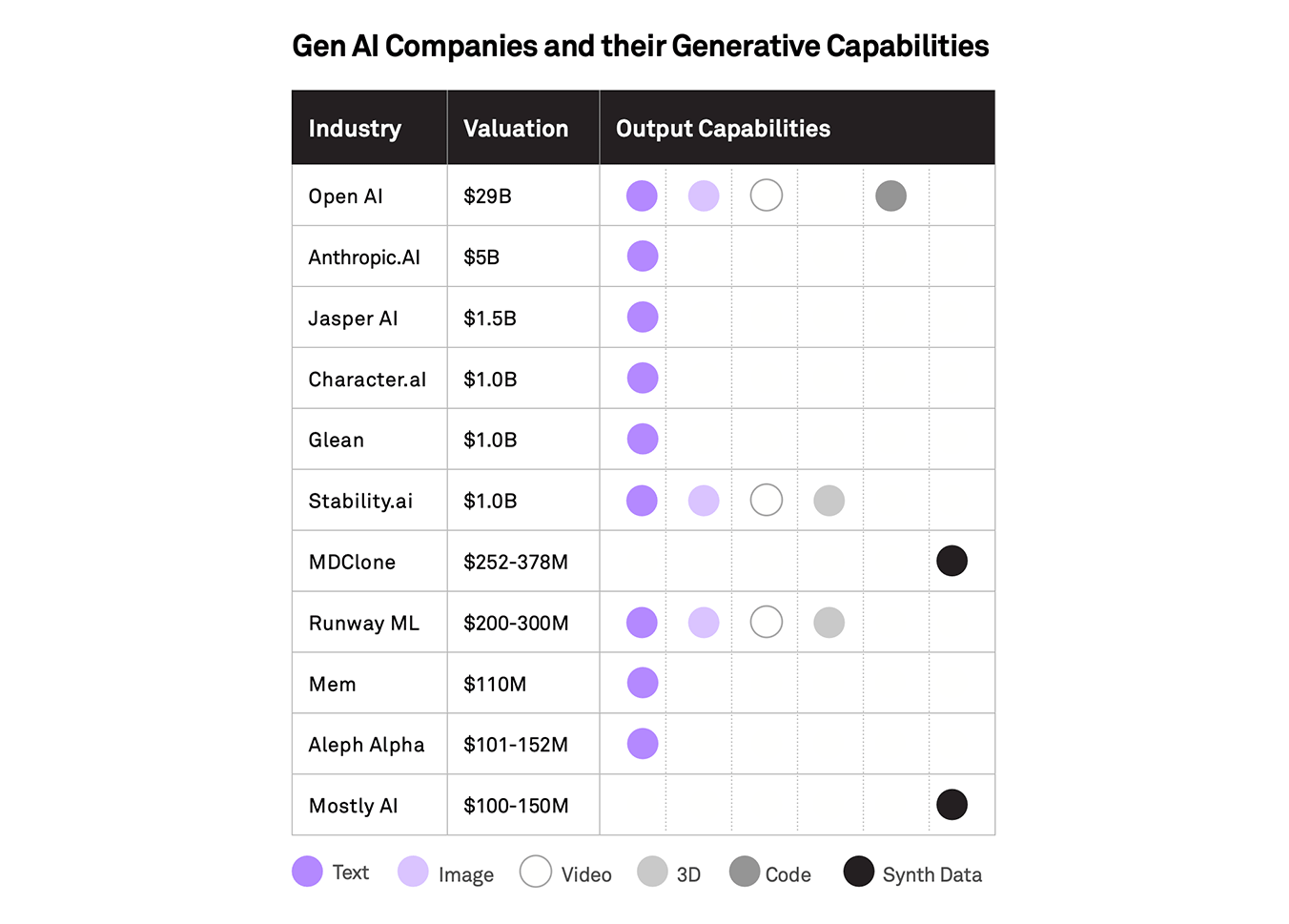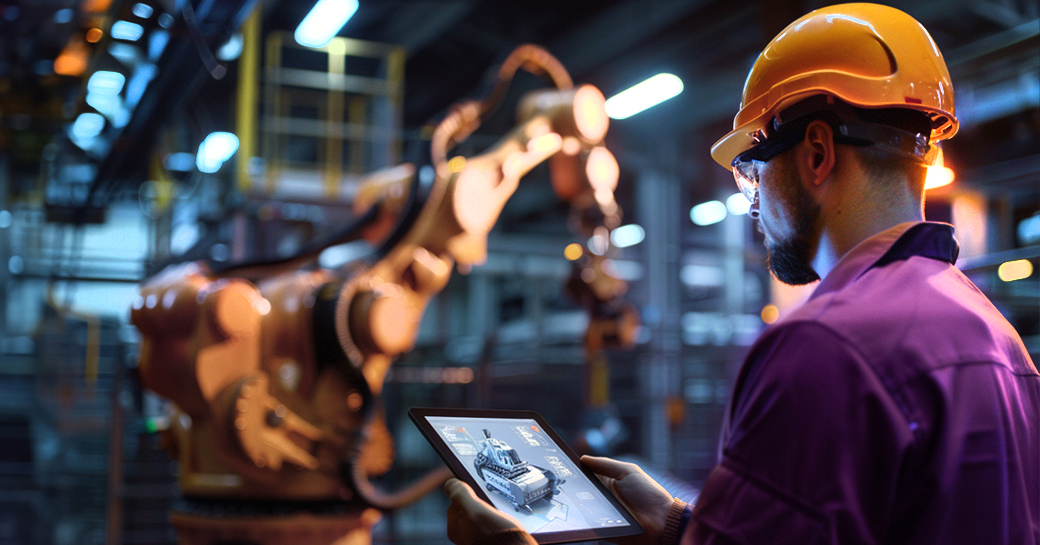Develop AI strategy for your organization
Dr. Kavita Ganesan, Founder of Opinosis Analytics
Watch Now
14:37 Minutes The average reading duration of this insightful report.

Decentralized Identity systems solve for inefficiencies and security breaches, making them extremely useful for enterprises. We explore in detail important industry use cases where these solutions can be used and means to implement them.

The KYC Process in Banks and Financial institutions is mandated by the government and can be quite painful both for the bank and the customers. We examine how DID can help not only simplify the process but also ensure high trust and make the process fraud proof, by eliminating intermediaries and returning to trusted direct relationships. Download Complete Research
In case of Food supply the application of IoT can provide real-time data and insights. The current IoT supply chain and the food Supply chain face innumerable challenges. Using DID and verifiable credentials in food/perishable supply chain can provide a tamper-proof and auditable record of a product’s journey, from its origin to its destination. Solution will have lasting impact not only for controlling quality and expense for organization but will also have impact on public nutrition, health, and sustainability. We explore how!
While managing Electronic Health Records, healthcare organizations face two main challenges: Privacy & Security and Interoperability due to multiple systems in play. By providing patients with greater control over their health information, Decentralized Identity solutions can enhance trust and confidence in the healthcare system, leading to better health outcomes. We explore the details with an example. Download Complete Research
Credits
Author@lab45: Sujay Shivram, Abhigyan Malik

11:39 Minutes The average duration of a captivating reports.

By acquiring 100+M users in first 3 months of launch, ChatGPT has brought the field of Generative AI (GenAI) into mainstream awareness. The adoption of ChatGPT and similar applications have positioned Generative AI (as well as “Deep Learning”) as the newest disruptive tech after cloud computing.
Generative AI, a field of Artificial Intelligence, refers to computational models that are trained on massive amounts of input data (300bn words in the case of ChatGPT). They can synthesize data, draw inferences and create new outputs in the form of text, images, video, audio, new data and even code.
Two architectures have made GenAI immensely valuable
ChatGPT, for instance, uses the transformer model along with Human Feedback Reinforcement training to generate high quality outputs. Training a model requires intensive computational power (supercomputers were used to train GPT3) and significant investments (OpenAI being a key example). But once a model is trained, it can be optimized for a larger user base. Download Complete Research
The market is expected to grow from $8B in 2022 to $109B in 2030 at a CAGR of 34.6%. Key facts as follows
Need for content synthesis
We generate ~2.5 quintillion bytes of data every day on the internet. This not only makes searching for information tough but also makes inferring tougher, for regular users. GenAI tools can search, synthesize and compose an answer.
Democratization of content creation
We are moving from a search and retrieval economy to an infer and compose economy. People used to prompt algorithms to search and retrieve information but now they can prompt algorithms to infer and compose information.
Instant economy
Digital natives prefer tools that enable instant creation of content e.g. Tik Tok. ChatGPT can generate a word in 350ms after processing database of 300B words.
Access to massive computational power
The ability to instantly process and compose information using cloud computing.
Evolution of deep learning neural networks
Large Language Models have become openly available. These models help organize much of the internet’s information and develop patterns to mimic human decision-making.
Download Complete Research


GenAI will fundamentally change several functions in enterprises leading to improved productivity and performance of employees. A Few areas of business where it will have the biggest impact are as follows:
Content creation
Gen AI will lead to more automation in content creation. It will not only reduce the cost of content creation but also increase the quality & variety of content created. Generative AI based DIY Apps are expected to emerge for marketing and design functions.
Content personalisation
Marketing touchpoints like newsletter, websites, videos, metaverse etc. will get hyper-personalized. This will improve brand engagement and conversion ratio of the sales funnel.
Drug discovery
Drug Discovery is a time-consuming process that can extend to 5-12 years. Gen AI can help identify potential drug candidates and test their effectiveness using computer simulations, thus saving time in the process. It has already led to tremendous real-world value, when the first mRNA covid vaccines were developed by programming mRNA molecules to express the specific antigen response. By 2025, more than 30% of new drugs and materials could be systematically discovered using GenAI techniques, up from zero today.
Software development
IT products and services could see the biggest impact. Below are some scenarios that may unfold.
Credits
Lead Authors@lab45: Siddhant Raizada, Nagendra Singh, Tommy Mehl, Arvind Ravishunkar
Contributing Authors: Aishwarya Gupta, Anindito De

16:11 Minutes The average duration of a captivating reports.

Manufacturing is becoming more smarter, efficient, precise, and sustainable by adopting IIoT, AI, Robots, Blockchain, and 5G for operations optimization. Manufacturing business trends are enabling flexible & transparent supply chains, customer-centric & agile production, ecosystem collaborations, and new business models.
The convergence of advanced technologies with labour, supply chain, and demand challenges is driving full automation. Nearly 84% of manufacturers have adopted or are considering smart manufacturing. Manufacturers are exploring tech-enabled ecosystem partnerships, reshoring, and factory-in-a-box model to address supply chain instability. AI, IIoT, Big Data & Analytics, Robotics, 5G & Edge Computing are enabling data collection, pattern identification, and prediction for process optimization and efficiency improvement. AI in manufacturing is expected to reach $115 billion in 2032 globally. Blockchain is ensuring supply chain and ecosystem security. Driven by regulations and environmental commitments, manufacturers are adopting technologies to reduce emissions. On-demand production, mass customization, and subscription-based products are enhancing customer experience. Download Complete Research

Credits
Lead Authors@lab45: Parag Arora
Contributing Authors@lab45: Hussain S Nayak
This is your invitation to become an integral part of our Think Tank community. Co-create with us to bring diverse perspectives and enrich our pool of collective wisdom. Your insights could be the spark that ignites transformative conversations.
Learn MoreKey Speakers
Thank you for subscribing!!!
